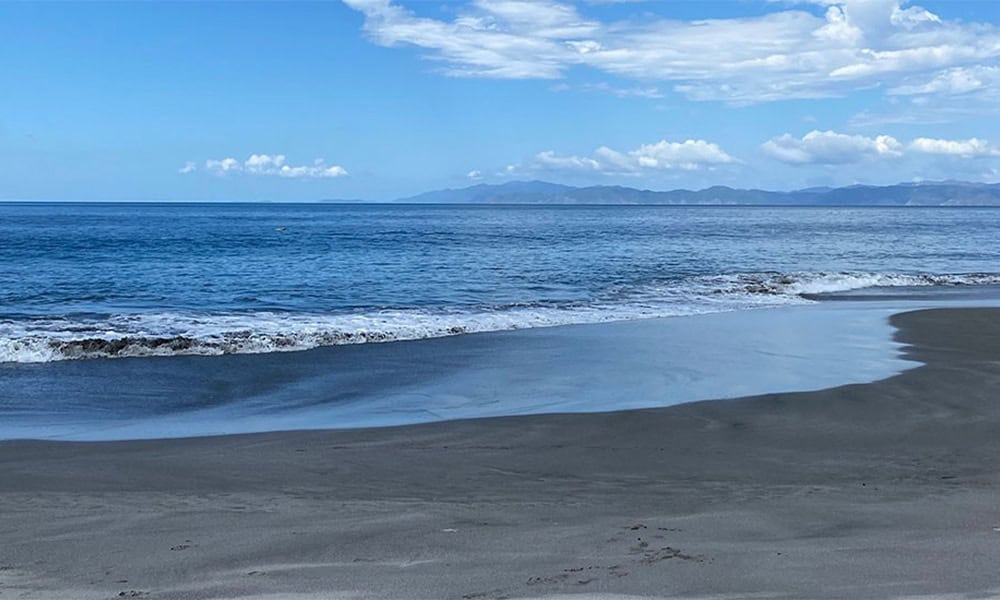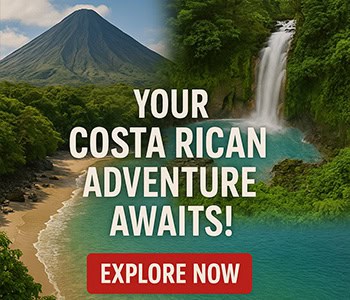The neighbors of Cabuyal Beach won a battle to ensure that the maritime-terrestrial zone (ZMT) of that beach remains public. Costa Rica’s maritime-terrestrial zone is a 200-meter wide strip that extends along the Pacific and Atlantic coasts. This zone includes land, rocks, islands, islets, and any natural formation that rises above sea level. It is regulated by Law 6043 of 1977, known as the Law on the Maritime Terrestrial Zone. This law establishes that the zone is part of the national patrimony and belongs to the State.
Last December, in a historic decision, the Contentious Administrative Court, Fifth Section, agreed with the Association for the Rescue of the Maritime Terrestrial Zone (Arezomate). The court determined that the farm does not have a coastal zone but rather borders the coastal zone, that is, the 200-meter ZMT. Had it ruled the opposite way, the ruling would have granted, for the first time in the country’s history, the ZMT of a beach to private ownership.
The coastal areas of the country are highly sought after for their beauty. They attract thousands of tourists, prompting developers to make constructions and investments that generate a lot of money. Community members who took up the fight on Cabuyal Beach pointed out the importance of protecting these areas.
“In the coastal areas, our people are being displaced, which affects the roots and the culture where they were born; that is, it is too deep at a social level,” they said. Additionally, the communities pointed out that there is a great responsibility of the central and local governments for allowing the destruction of the environment by not implementing regulations and allowing coastal communities to be left helpless. “We are being kicked out of our own home,” a community member said.
Playa Cabuyal is located in a sector identified as “Costa Dorada” by the new regulatory plan. This implies that towers of up to five stories can be built here, as well as golf courses, shopping malls, or soccer fields. At the same time, this would imply destroying the entire ecosystem, which is a biological corridor surrounded by protected areas.
However, years ago, a study was conducted with the support of the Inter-American Development Bank (IDB), called IDB-Catastro, which determined that “this area must be for conservation, protection, and preservation.”






